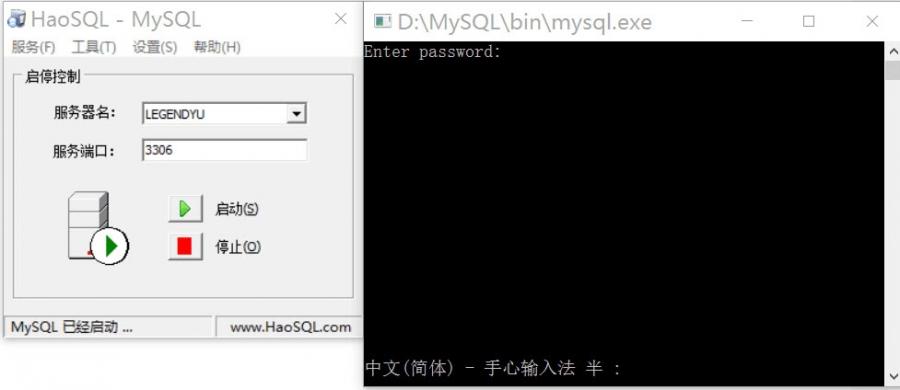(6) Extract
Extract<T,U>
Extract 使你通过选择出现在两个不同类型中的属性来构造类型。它从 T 中提取所有可分配给 U 的属性。
interface FirstType {
id: number
firstName: string
lastName: string
}
interface SecondType {
id: number
address: string
city: string
}
type ExtractExtractType = Extract
// Output: "id"
在代码中的两个接口里有共有的属性 id。通过 Extract 可以把 id 提取出来。如果你有多个共享字段,Extract 将会提取所有相似的属性。
(7) Exclude
与 Extract 不同,Exclude 通过排除已经存在于两个不同类型中的属性来构造类型。它排除了所有可以分配给 U 的字段。
interface FirstType {
id: number
firstName: string
lastName: string
}
interface SecondType {
id: number
address: string
city: string
}
type ExcludeExcludeType = Exclude
// Output; "firstName" | "lastName"
在上面的代码中,属性 firstName 和 lastName 可分配给 SecondType 类型,因为它们在那里不存在。通过 Extract 可以按预期返回这些字段。
(8) Record
Record<K,T>
Record 可以帮你构造一个类型,该类型具有给定类型 T 的一组属性 K。当把一个类型的属性映射到另一个类型时,用 Record 非常方便。
interface EmployeeType {
id: number
fullname: string
role: string
}
let employees: Record<number, EmployeeType> = {
0: { id: 1, fullname: "John Doe", role: "Designer" },
1: { id: 2, fullname: "Ibrahima Fall", role: "Developer" },
2: { id: 3, fullname: "Sara Duckson", role: "Developer" },
}
// 0: { id: 1, fullname: "John Doe", role: "Designer" },
// 1: { id: 2, fullname: "Ibrahima Fall", role: "Developer" },
// 2: { id: 3, fullname: "Sara Duckson", role: "Developer" }
Record 的工作方式相对简单。在代码中,它期望用 number 作为类型,这就是我们把 0、1 和 2 作为 employees 变量的键的原因。如果试图将字符串用作属性,则会引发错误。接下来,属性集由 EmployeeType 给出,因此该对象具有字段 id、 fullName 和 role。
(9) NonNullable
NonNullable
它允许你从类型 T 中删除 null 和 undefined。
type NonNullableType = string | number | null | undefined
function showType(args: NonNullable) {
console.log(args)
}
showType("test")
// Output: "test"
showType(1)
// Output: 1
showType(null)
// Error: Argument of type 'null' is not assignable to parameter of type 'string | number'.
showType(undefined)
// Error: Argument of type 'undefined' is not assignable to parameter of type 'string | number'.
在代码中吧 NonNullableType 作为参数传给了 NonNullable,NonNullable通过从该类型中排除 null 和 undefined 来构造新类型。也就是说,如果你传递可空的值,TypeScript 将会引发错误。
顺便说一句,如果把 –strictNullChecks 标志添加到 tsconfig 文件,TypeScript 将应用非空性规则。
映射类型
映射类型允许你获取现有模型并将其每个属性转换为新类型。注意,前面介绍的一些实用工具类型也是映射类型。
type StringMap = {
[P in keyof T]: string
}
function showType(arg: StringMap<{ id: number; name: string }>) {
console.log(arg)
}
showType({ id: 1, name: "Test" })
// Error: Type 'number' is not assignable to type 'string'.
showType({ id: "testId", name: "This is a Test" })
// Output: {id: "testId", name: "This is a Test"}
StringMap<> 会将传入的任何类型转换为字符串。也就是说,如果在函数 showType() 中使用它,那么接收到的参数必须是字符串,否则 TypeScript 将会报错。
类型保护
类型保护使你可以用运算符检查变量或对象的类型。它实际上是一个检查用 typeof、instanceof 或 in 所返回类型的条件块。
(1) typeoff
function showType(x: number | string) {
if (typeof x === "number") {
return `The result is ${x x}`
}
throw new Error(`This operation can't be done on a ${typeof x}`)
}
showType("I'm not a number")
// Error: This operation can't be done on a string
showType(7)
// Output: The result is 14
代码中有一个普通的 JavaScript 条件块,该块检查通过 typeof 检测到的参数的类型。在这种情况下就保护你的类型了。
(2) instanceof
class Foo {
bar() {
return "Hello World"
}
}
class Bar {
baz = "123"
}
function showType(arg: Foo | Bar) {
if (arg instanceof Foo) {
console.log(arg.bar())
return arg.bar()
}
throw new Error("The type is not supported")
}
showType(new Foo())
// Output: Hello World
showType(new Bar())
// Error: The type is not supported
和像前面的例子一样,这也是一个类型保护,它检查接收到的参数是否为 Foo 类的一部分,并对其进行处理。
(3) in
interface FirstType {
x: number
}
interface SecondType {
y: string
}
function showType(arg: FirstType | SecondType) {
if ("x" in arg) {
console.log(`The property ${arg.x} exists`)
return `The property ${arg.x} exists`
}
throw new Error("This type is not expected")
}
showType({ x: 7 })
// Output: The property 7 exists
showType({ y: "ccc" })
// Error: This type is not expected
在代码中,in 运算符用来检查对象上是否存在属性 x。
Conditional 类型
用来对两种类型进行测试,并根据测试的结果选择其中的一种。
type NonNullable = T extends null | undefined ? never : T
这个例子中的 NonNullable 检查该类型是否为 null 并根据该类型进行处理。
1 2
联系信息:邮箱aoxolcom@163.com或见网站底部。















请登录后发表评论
注册
社交帐号登录